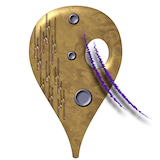Posts From 2017-09
- September 2017
-
(2017-09-17) Meanwhile: now in development for Mac and Windows
-
(2017-09-10) Aporia: design ruminations2 comments (latest 3 hours later)
-
(2017-09-01) Late Mysterium news roundup2 comments (latest 5 days later)

